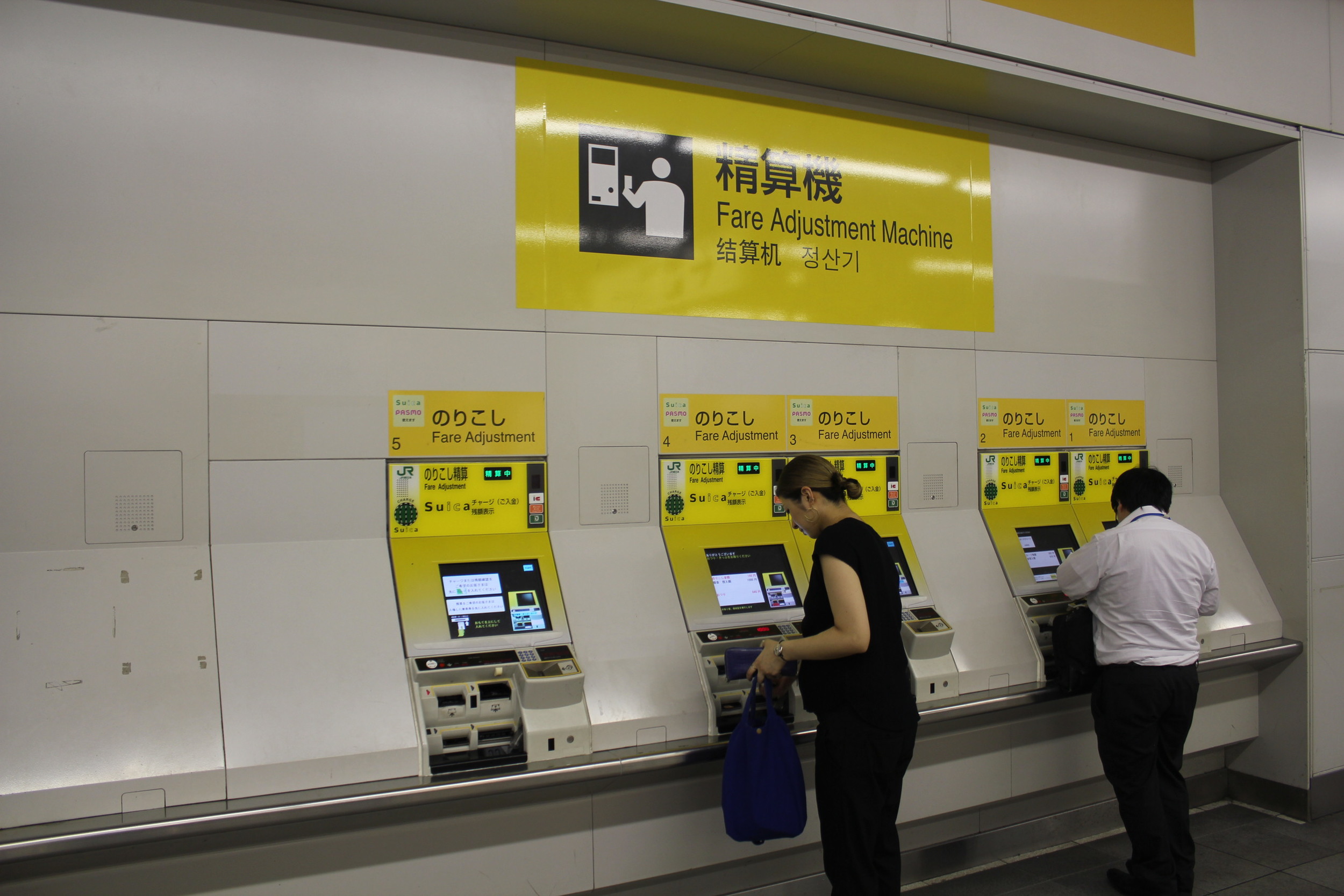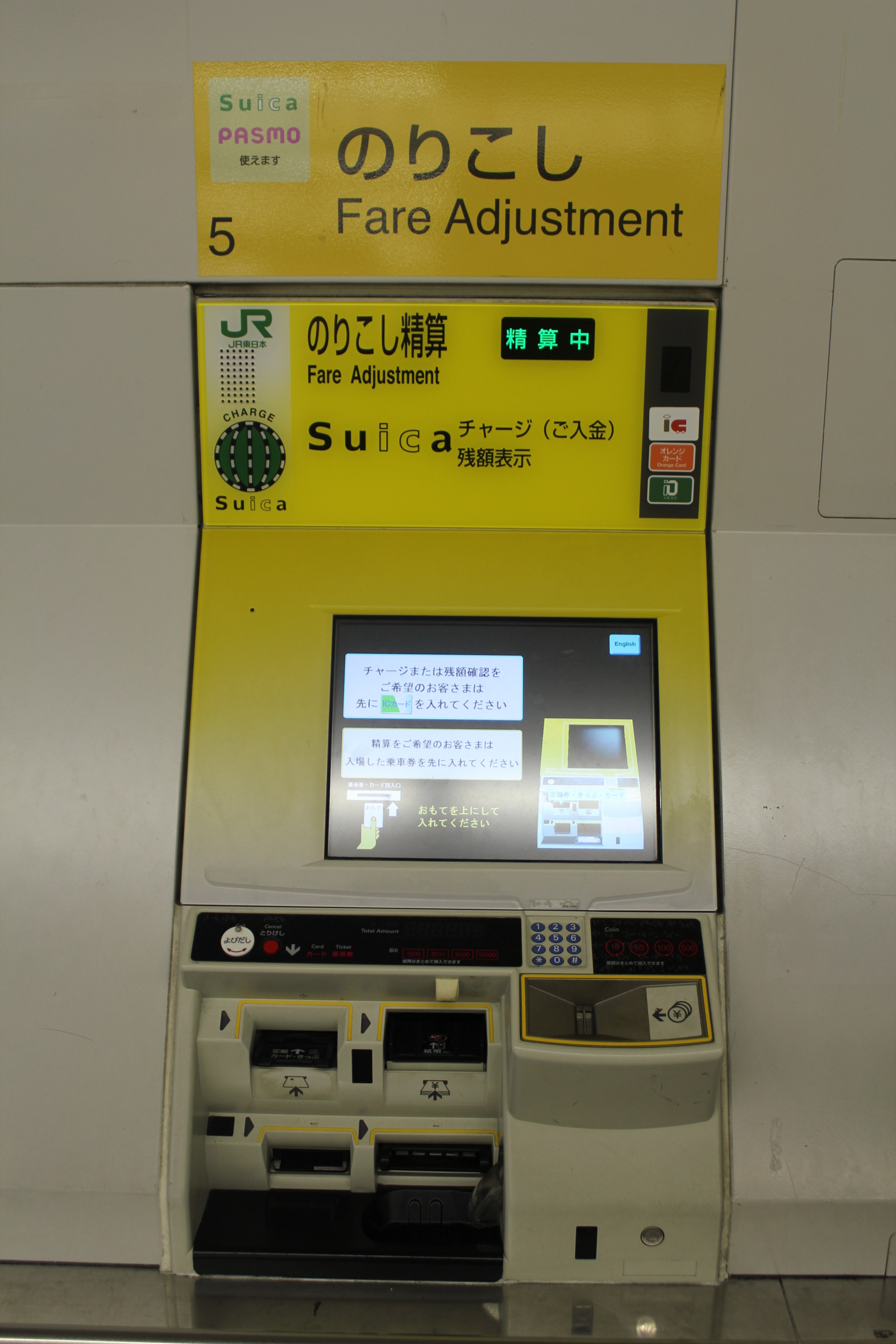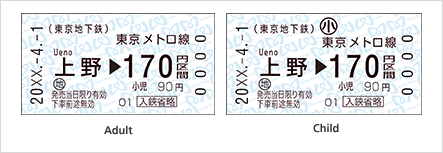PUBLIC TRANSPORTS WITHIN TOKYO
Japan railways (JR) and subways
Firstly, don't panic!! The maps below can be confusing at first; but in fact using the subways and trains is much easier you might think. After a few trips, you will notice how smooth it is to ride them...
JR or Subway?? For a trip within the Yamanote, the cost (and duration of journey) of JR and Subway are about the same, but a journey on the JR line is over ground, while subway is well....below ground, so it is a little bit nicer to use JR. On the other hand there are more subways stations than JR, so you are more likely to arrive closer to your destination using subway...
Saving money or saving your legs, you may have to choose! To help you finding the fastest/cheapest/most convenient route, you can use the following websites below:
www.jorudan.co.jp - www.hyperdia.com
Or similar applications on your phone.
Tokyo or Oedo lines? As you can see on the map below, there are 2 subway networks available. The Oedo one has only 4 lines, is built deeper (more stairs!) and is more expensive than the Tokyo Metro. So just ignore this network and use only the TOKYO lines, you will save money and hassle.
The Tokyo metro has a very comprehensive website:
http://www.tokyometro.jp/en/index.html
Single ticket or Day Pass? It depends how often you will use the subway during your day, so planning is crucial if you don't want to under-use a day pass; or buy too many single tickets.
For example if you go to Shibuya station, you could then walk to Yoyogi park, Harajuku, Omote-Sando. Thus, one single ticket to Shibuya, and another one from Omote-Sando, which will be cheaper than a day pass, even if you get the most expensive single ticket. Likewise, if you reach Ueno station and spend 1/2 a day there, you could then easily walk to Yanaka and/or Akihabara.
If you purchased the JR pass, then you can use all lines shown on the map below by showing your pass. However, I find it simpler to use the map 1 above, which shows all subway lines and the main JR lines.
The Yamanote ("high city") line serves as a visual border between the "inner Tokyo" and the close suburbs. It is in fact not that simple, but as a tourist, a lots of the attractions I am searching will be within the circle made by the Yamanote. For some attractions (Kamakura, Kawagoe for example..) you might need the use of the map 2, but mainly you can stick to the first one.
The single fare tickets are sold in denominations of 170, 200, 240, 280 and 310Yen. To find out the correct rate you need to press on the machine, just look at the map situated above the machine. If you made a mistake and need to pay extra, don't worry. Just before the gate of your destination, you will see a "adjustment fare" machine, shown below, where you can pay the difference.






